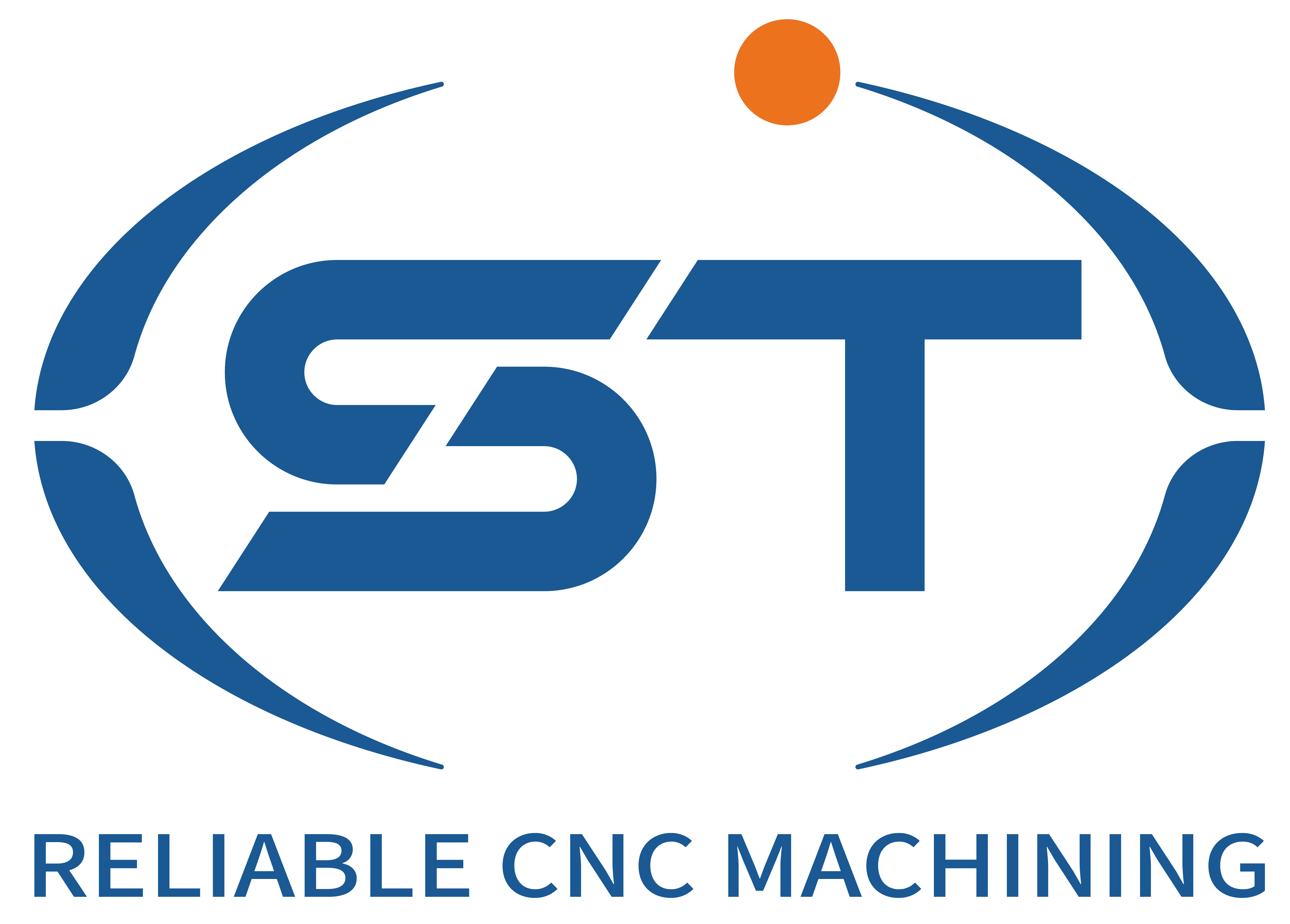Table of Contents
ToggleUnderstanding Aluminium’s Role in Automatic Machines
Aluminium has emerged as a vital material in the realm of automatic machines due to its unique properties that offer multiple advantages. One of the most notable characteristics of aluminium is its lightweight nature, which significantly contributes to the overall efficiency of automated systems. The reduced weight of aluminium parts allows for quicker acceleration and deceleration of machinery, enhancing the operational speed and responsiveness in various applications.
Besides being lightweight, aluminium exhibits exceptional corrosion resistance. This property is crucial in environments where moisture, chemicals, or various atmospheric conditions can lead to deterioration of materials. By using aluminium in automatic machines, manufacturers ensure a longer lifespan for components while reducing maintenance costs. This resilience against corrosion translates into improved reliability and diminished downtime for automated systems, thereby increasing productivity in manufacturing processes.
Moreover, aluminium’s excellent machinability is another attribute that sets it apart from other materials. The ease with which it can be machined allows for precise fabrication of complex shapes and designs necessary in automatic systems. This precision not only facilitates the production of intricate components but also ensures that they fit seamlessly into the overall assembly of machines. When components are manufactured accurately, aligning and assembling parts becomes less labor-intensive, further driving efficiency.
Additionally, aluminium boasts an impressive strength-to-weight ratio, meaning it can withstand significant loads while maintaining a lighter profile. This quality is particularly beneficial in applications that require strength without compromising speed or increasing energy consumption. The synergistic combination of these characteristics ultimately enhances the performance of automatic machines, leading to heightened energy efficiency and more cost-effective manufacturing processes.
The Process of Low Volume Parts Machining
Low volume parts machining for aluminium components encompasses a variety of techniques aimed at achieving high precision while accommodating smaller production runs. The significance of precision machining in this context cannot be overstated; it ensures that each component meets exact specifications and tolerances required for optimal performance in automatic machines. As industries continue to demand greater customization and shorter production cycles, low volume machining emerges as a viable solution.
One of the primary methodologies used in this machining process is CNC (Computer Numerical Control) milling. This technique allows for intricate designs and detailed features to be produced with impeccable accuracy. CNC milling operates through the use of automated machine tools that are directed by computer programming, enabling rapid adjustments and consistency across multiple pieces. Another essential method is CNC turning, which involves rotating the material against a cutting tool to shape the aluminium components. This method is particularly effective for producing cylindrical parts and offers significant flexibility in design, crucial for low volume manufacturing.
Additionally, low volume parts machining provides a distinct advantage over traditional mass production by allowing for greater customization. Manufacturers can quickly adapt designs and specifications to meet unique client requirements, which is increasingly important in competitive markets. The ability to produce small quantities with precision means that businesses can respond to market demands with agility. Moreover, shorter lead times associated with low volume machining lead to quicker turnaround times, enabling companies to bring products to market faster.
In conclusion, the process of low volume parts machining for aluminium components utilizes advanced techniques such as CNC milling and turning to deliver exceptional precision and flexibility. This method not only satisfies the need for customization but also supports rapid production timelines, making it an essential aspect of modern manufacturing in an ever-evolving technological landscape.
Fast Delivery Solutions for Aluminium Parts
In the realm of automatic machinery, the rapid delivery of custom-machined aluminium parts is a top priority for manufacturers. Fast delivery solutions not only enhance operational efficiency but also significantly impact overall production timelines and project outcomes. One crucial strategy for achieving swift delivery is optimizing the logistics associated with the supply chain. This includes selecting the most reliable shipping partners and routes, as well as leveraging transportation technologies that facilitate quicker transit times.
Advanced manufacturing technologies also play a vital role in expediting the production and shipment of aluminium components. Techniques such as additive manufacturing, computer numerical control (CNC) machining, and just-in-time (JIT) manufacturing streamline workflows, leading to faster turnaround times. Moreover, the integration of digital fabrication methods enables manufacturers to produce parts with higher precision and reduced waste, further accelerating the supply chain process.
Equally important is effective communication with suppliers and customers throughout the manufacturing cycle. Clear and consistent communication helps coordinate timelines, ensuring that any delays are addressed promptly and accurately. Additionally, using real-time tracking systems allows clients to monitor the status of their orders, which can enhance customer satisfaction through transparency and reliability.
Lead times are another critical factor to consider when delivering aluminium parts for automatic machines. By establishing realistic lead times and employing predictive analytics, manufacturers can foresee potential bottlenecks and adjust plans accordingly. This proactive approach not only improves operational efficiency but also strengthens partnerships with clients, as it demonstrates a commitment to timely project completion.
In summary, leveraging optimized logistics, advanced manufacturing technologies, and effective communication strategies are essential components for ensuring quick delivery of custom-machined aluminium parts in automatic machines, ultimately leading to enhanced efficiency and satisfaction for both manufacturers and clients alike.
Case Studies: Successful Applications of Aluminium Parts in Automation
Across various industries, the integration of aluminium parts into automatic machines has proven to yield significant benefits in terms of productivity and operational cost reduction. One compelling example can be drawn from the automotive industry, where manufacturers have increasingly adopted aluminium components in assembly line robots. In one case study, an automotive manufacturer faced challenges with heavy steel components that caused excessive wear on robotic arms, resulting in frequent downtimes. By switching to aluminium, the company not only alleviated the weight burden on the robots but also minimized the stress on other machinery, ultimately improving the operational efficiency of the entire assembly line.
Similarly, the electronics sector has recognized the advantages of aluminium parts in the production of circuit boards. A prominent electronics manufacturer integrated aluminium heat sink components into their automated devices to manage thermal performance more effectively. The lightweight nature of aluminium allowed for faster machine speeds during the assembly process while ensuring proper cooling of crucial components. This modification helped the company enhance throughput while maintaining quality control, showcasing the material’s capability to resolve design challenges in high-precision applications.
Moreover, in the food packaging industry, a case study highlighted the successful use of aluminium parts in automated packaging lines. A leading food processing firm encountered difficulties with corrosion in their existing machinery, leading to product contamination and increased maintenance costs. By transitioning to corrosion-resistant aluminium materials, the facility not only improved hygiene standards but also decreased maintenance frequency. This strategic change resulted in a notable reduction in operational expenditures while elevating production capacity, solidifying the viability of aluminium in environments requiring stringent sanitary conditions.
These examples demonstrate that aluminium parts in automatic machines are not only feasible but also advantageous across multiple sectors. The combination of lightweight, corrosion resistance, and high machinability has made aluminium an invaluable resource in modern automation processes, further driving industries toward efficiency and precision.




